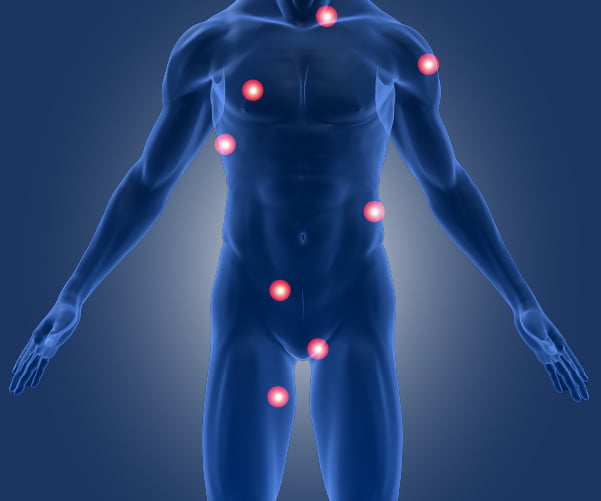What is it? “Lumps and bumps” is a collective term used to describe a wide range of medical conditions involving the skin and/or the subcutaneous tissues.
Why it happens: Lumps and bumps can be caused by many conditions with variable degree of severity. The list is extensive and includes, among others, trauma, skin cysts, lipomas, moles, skin infections, swollen lymph nodes, cancerous growths and more. Lumps and bumps are collectively grouped together because they all affect the skin and all share similar approach considerations and management options.
Frequency: It is rather common for any individual to develop a skin lesion in their lifetime. Most of these are not causing any symptoms and can be present for years.
